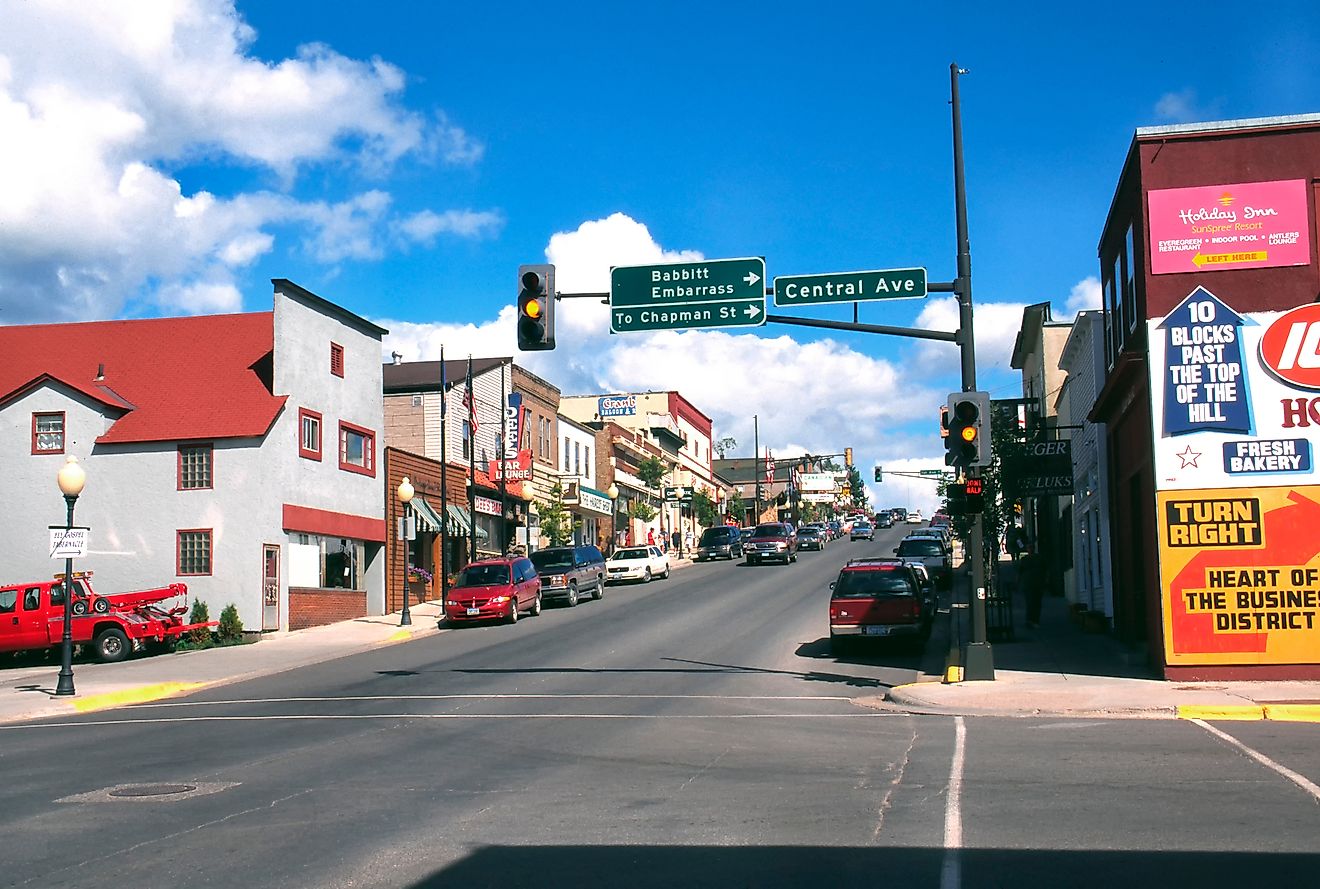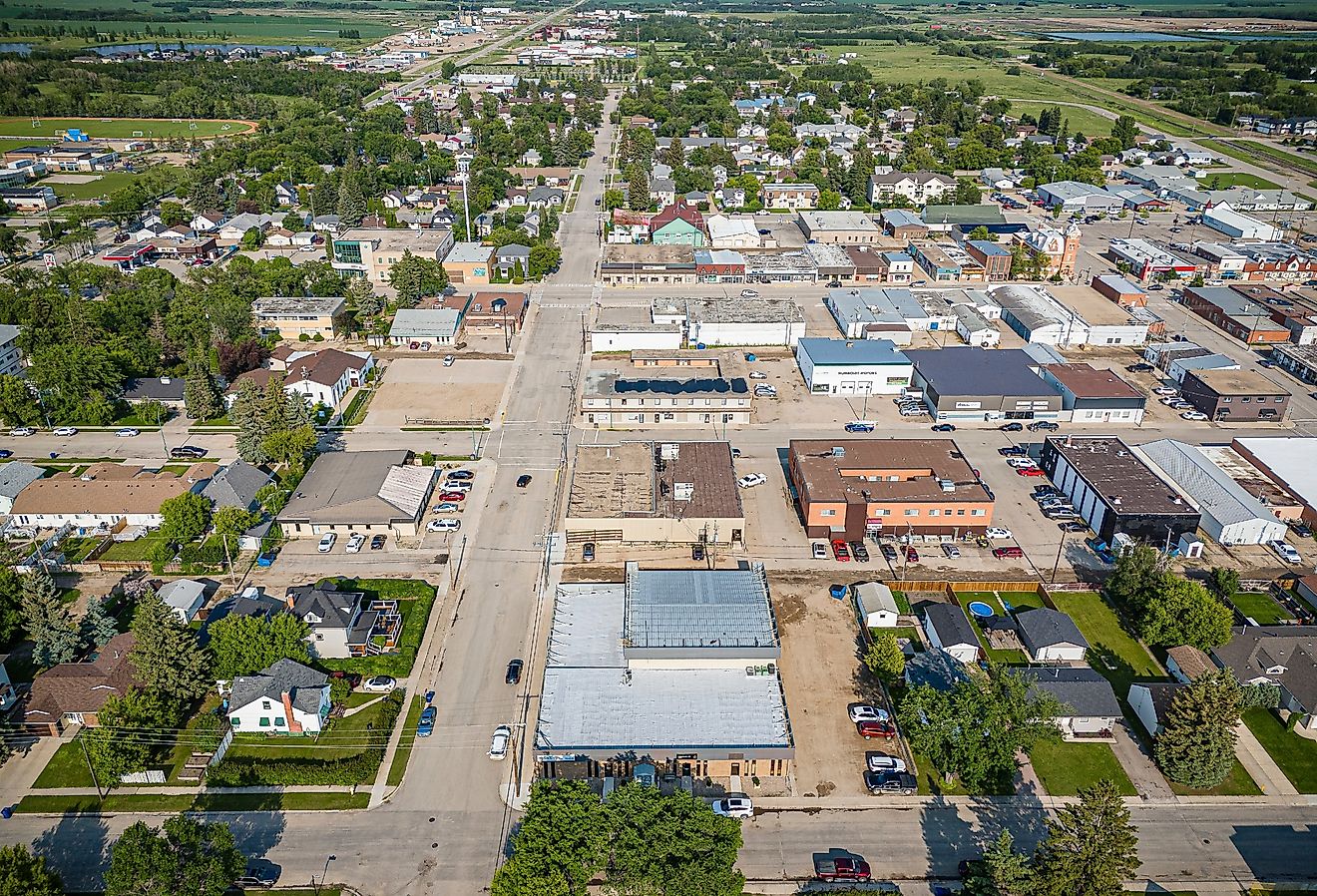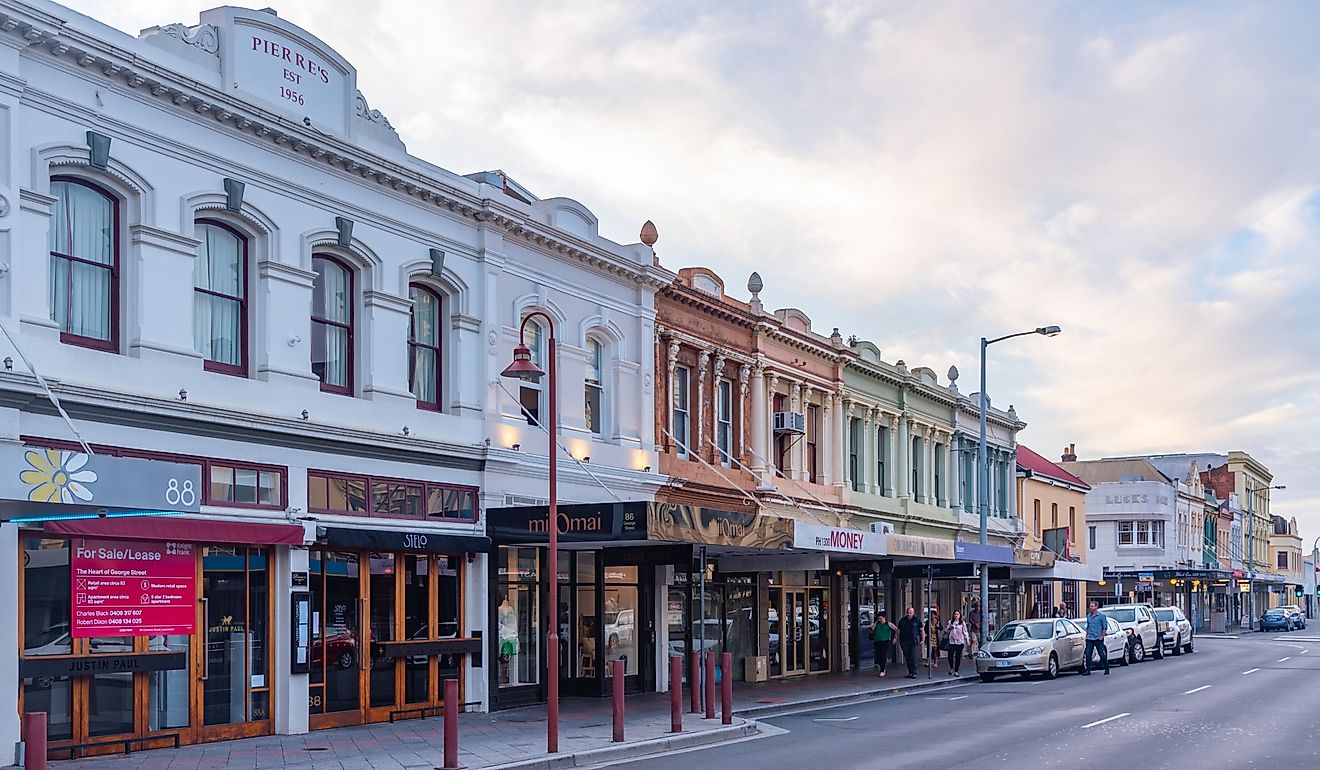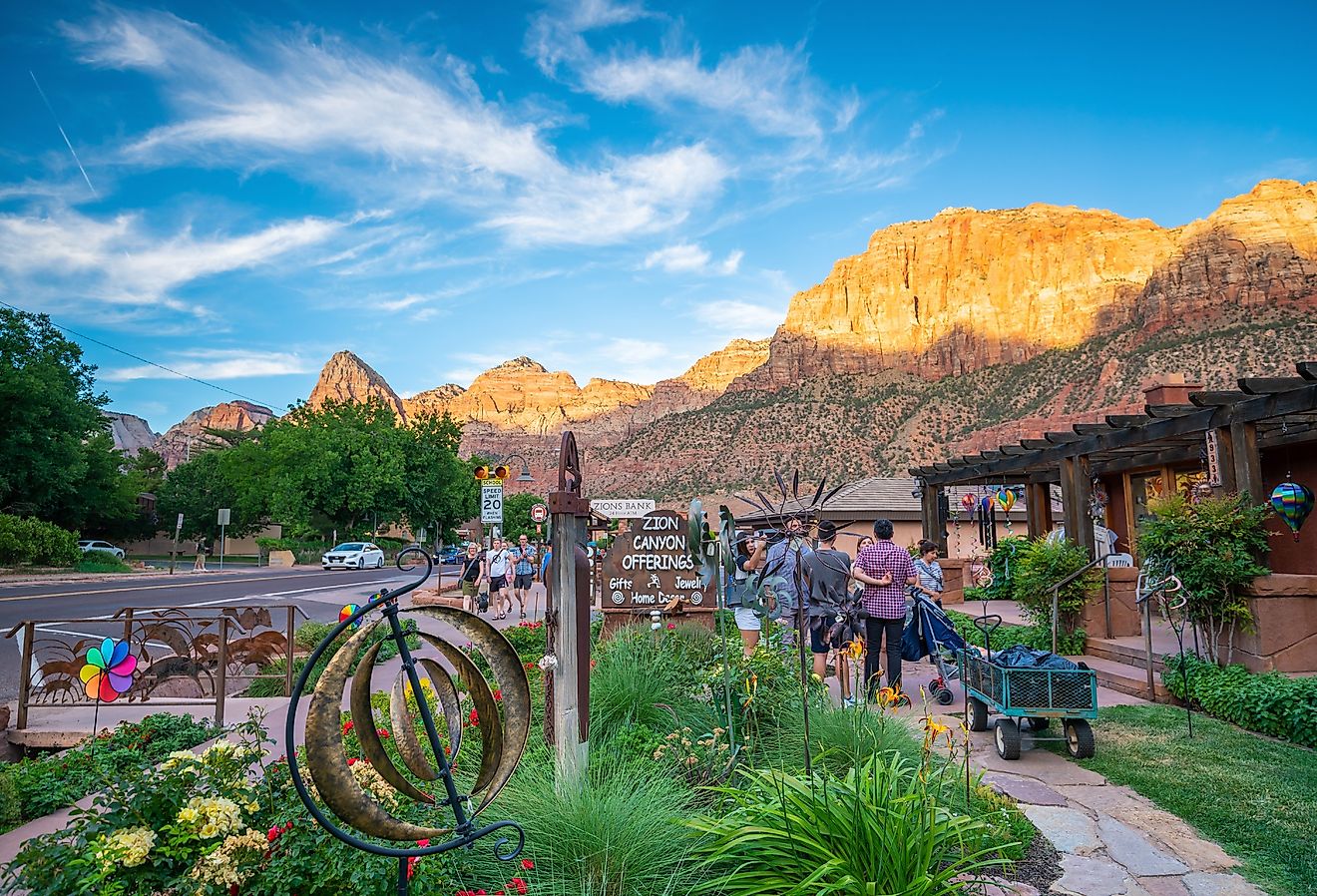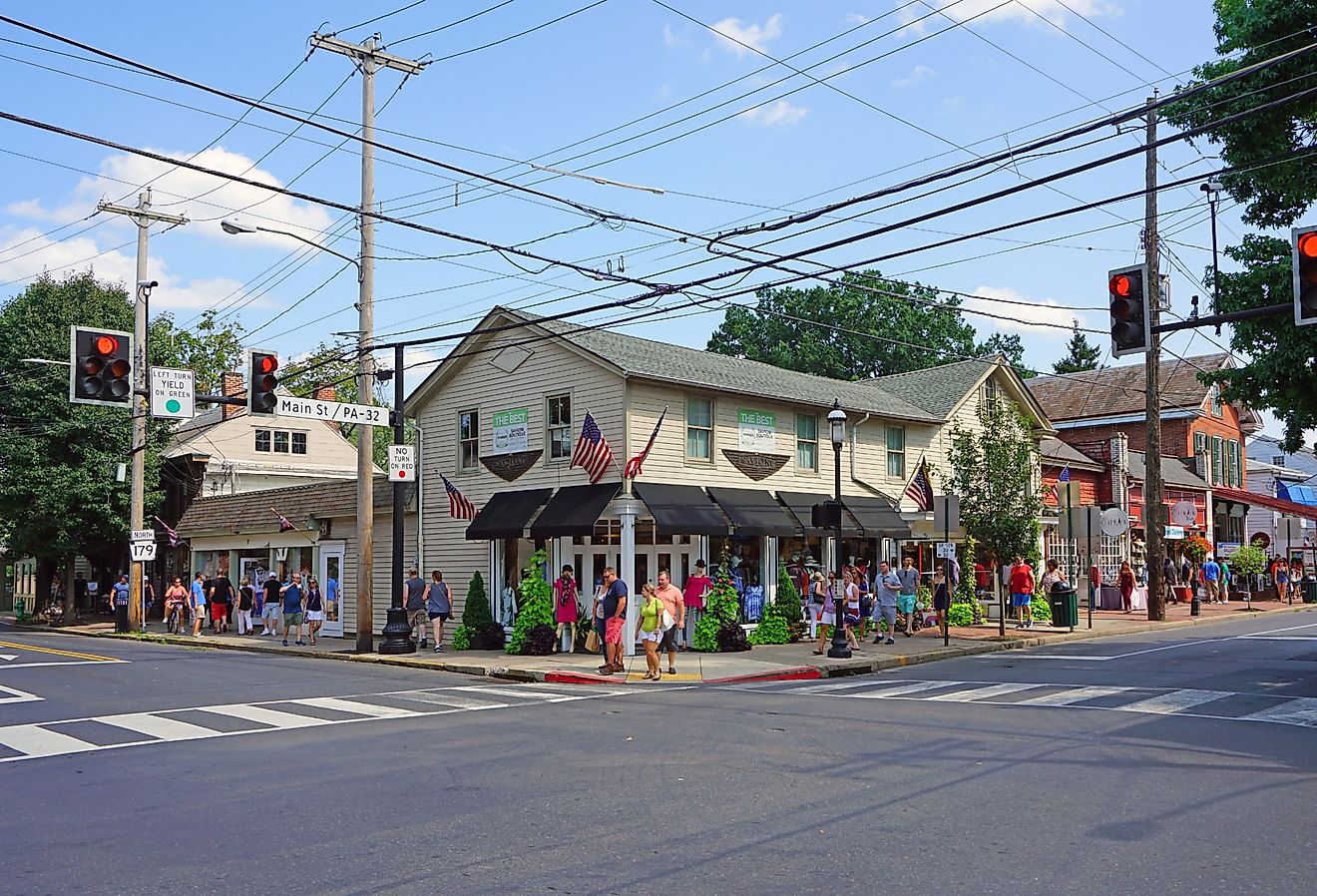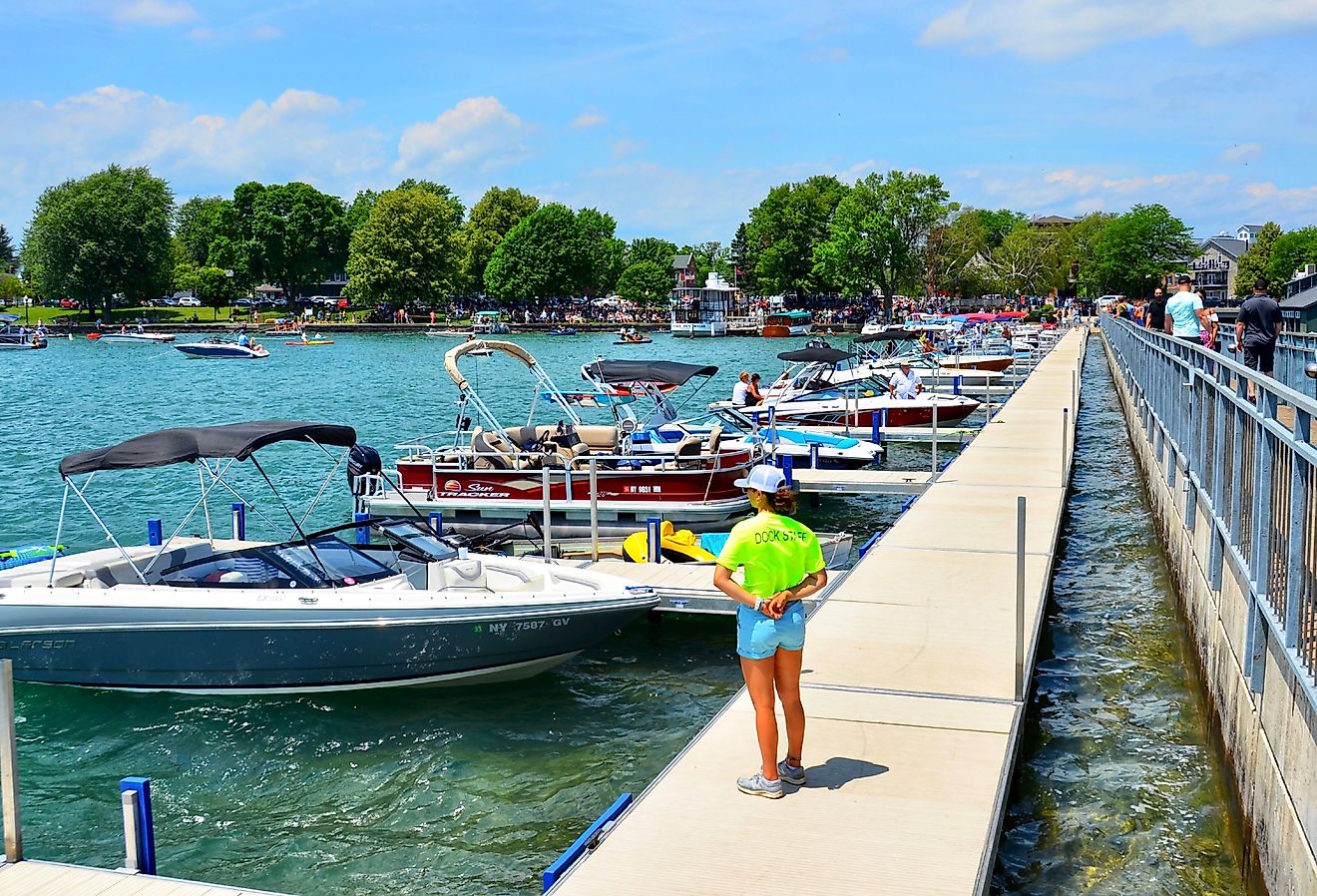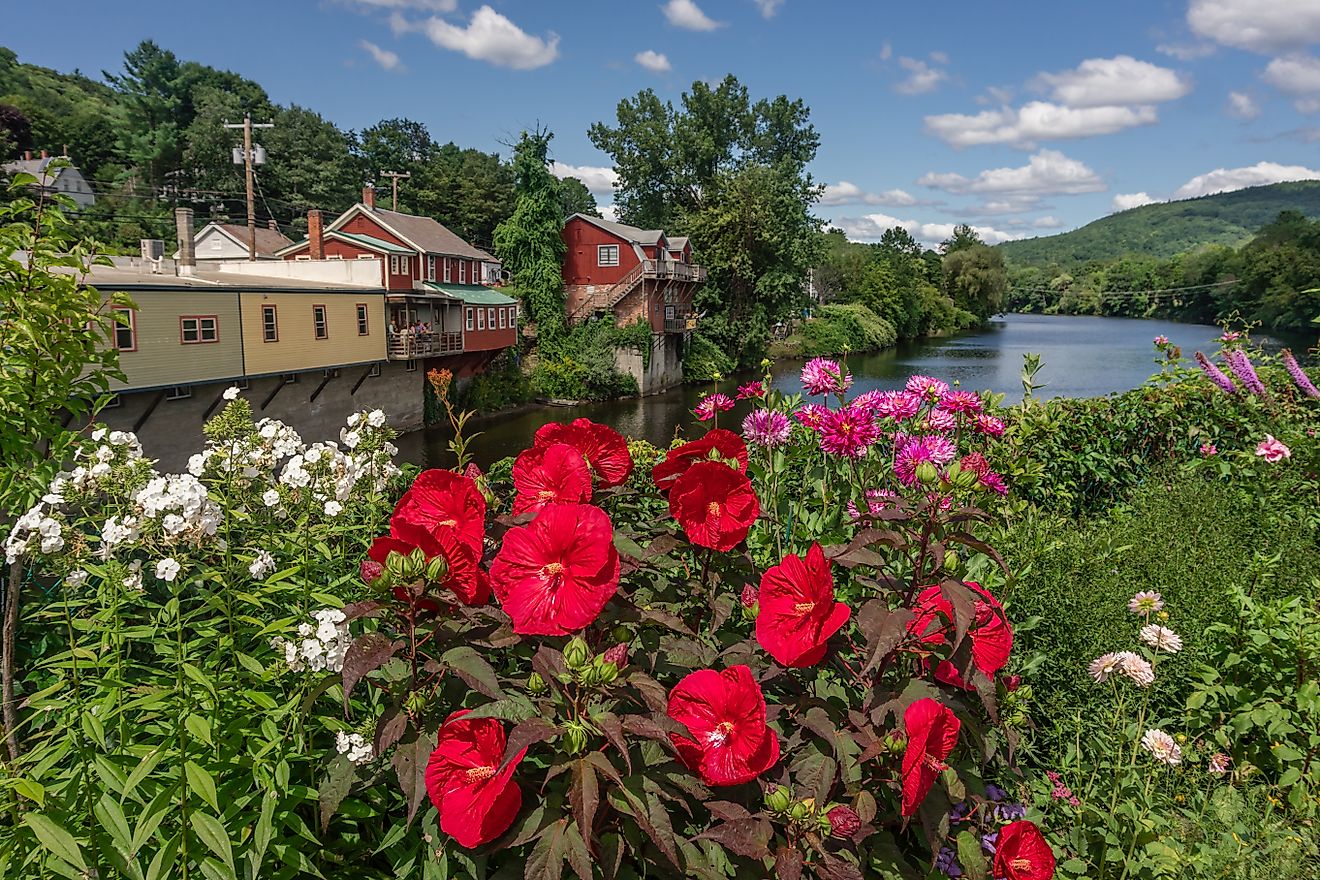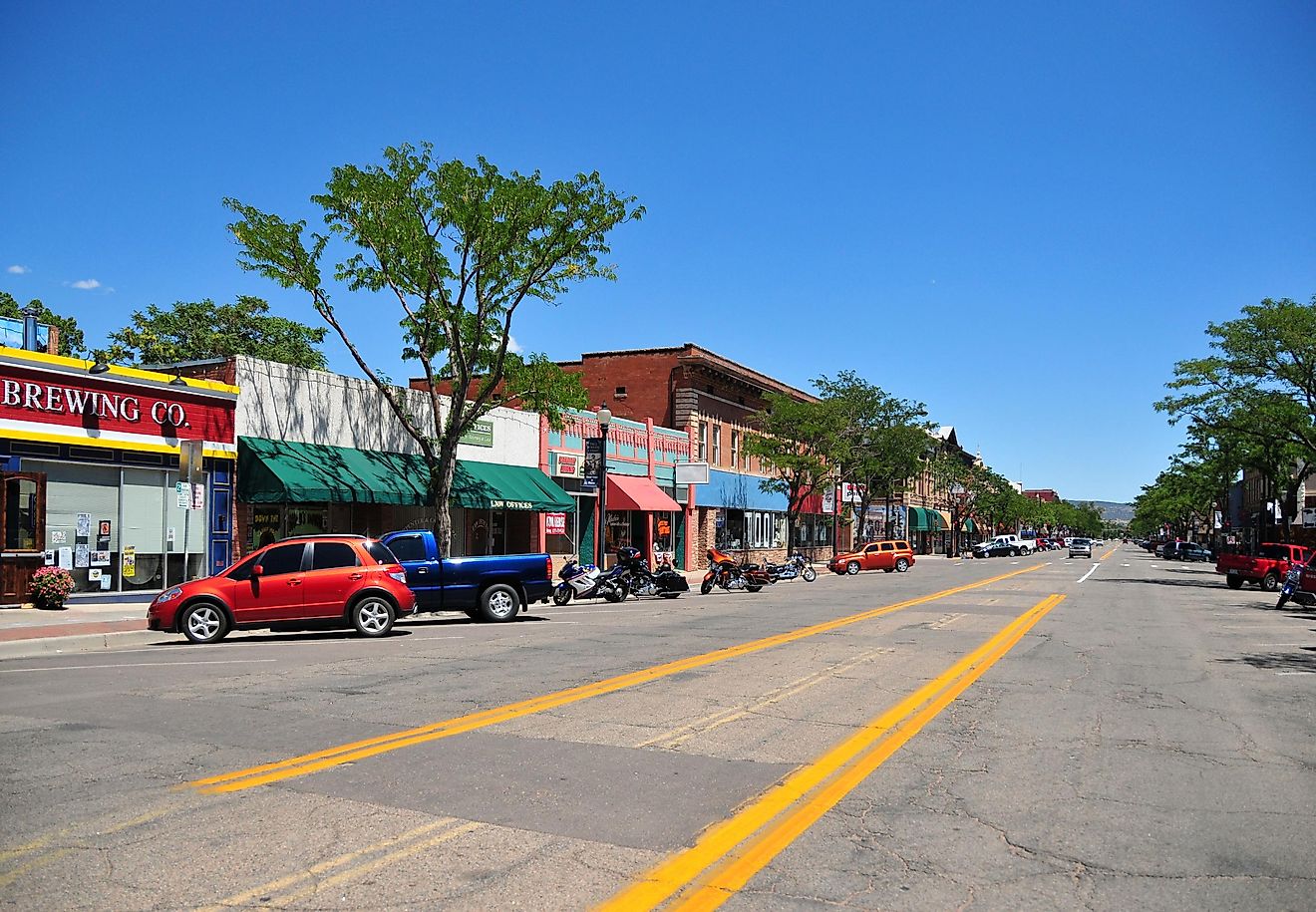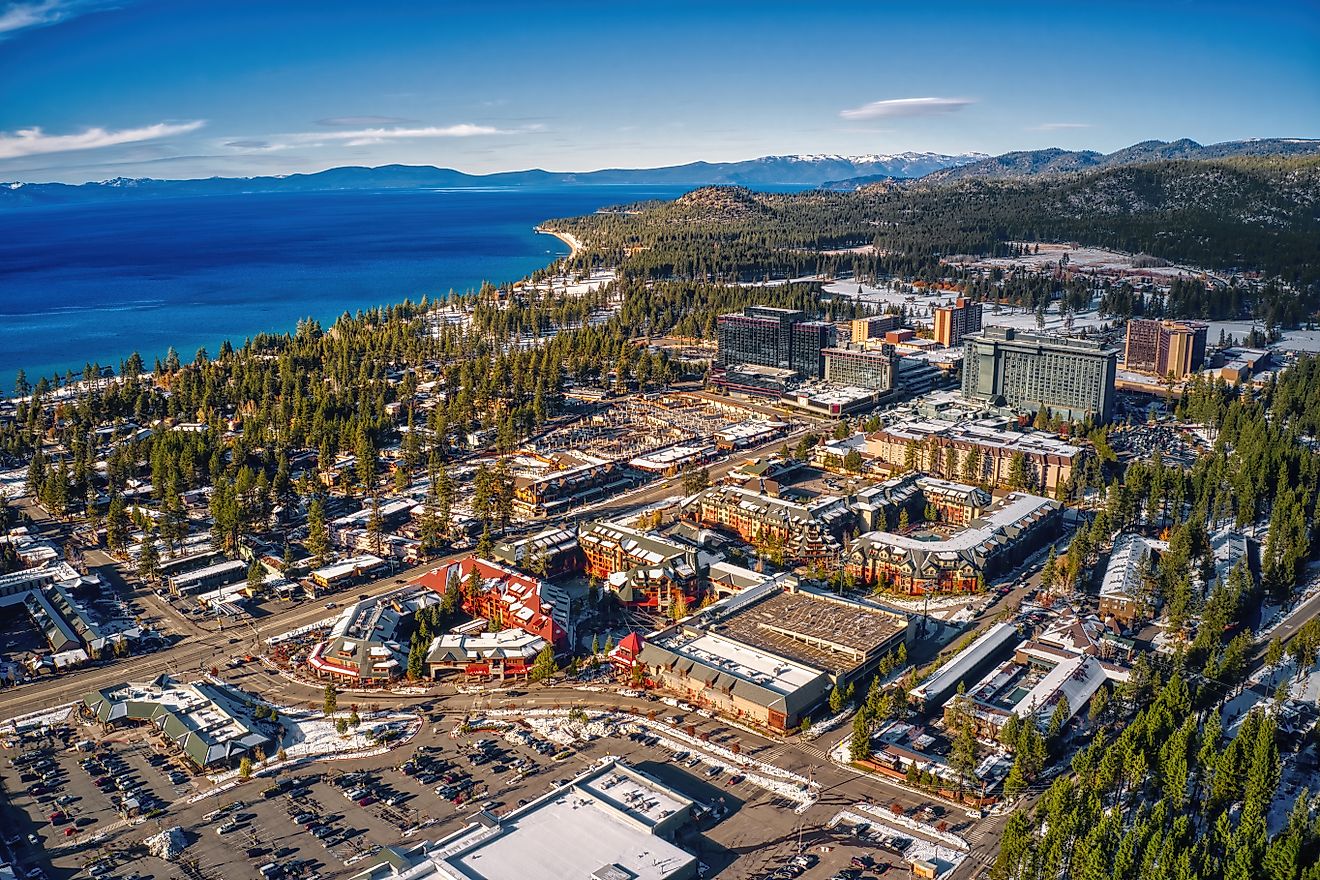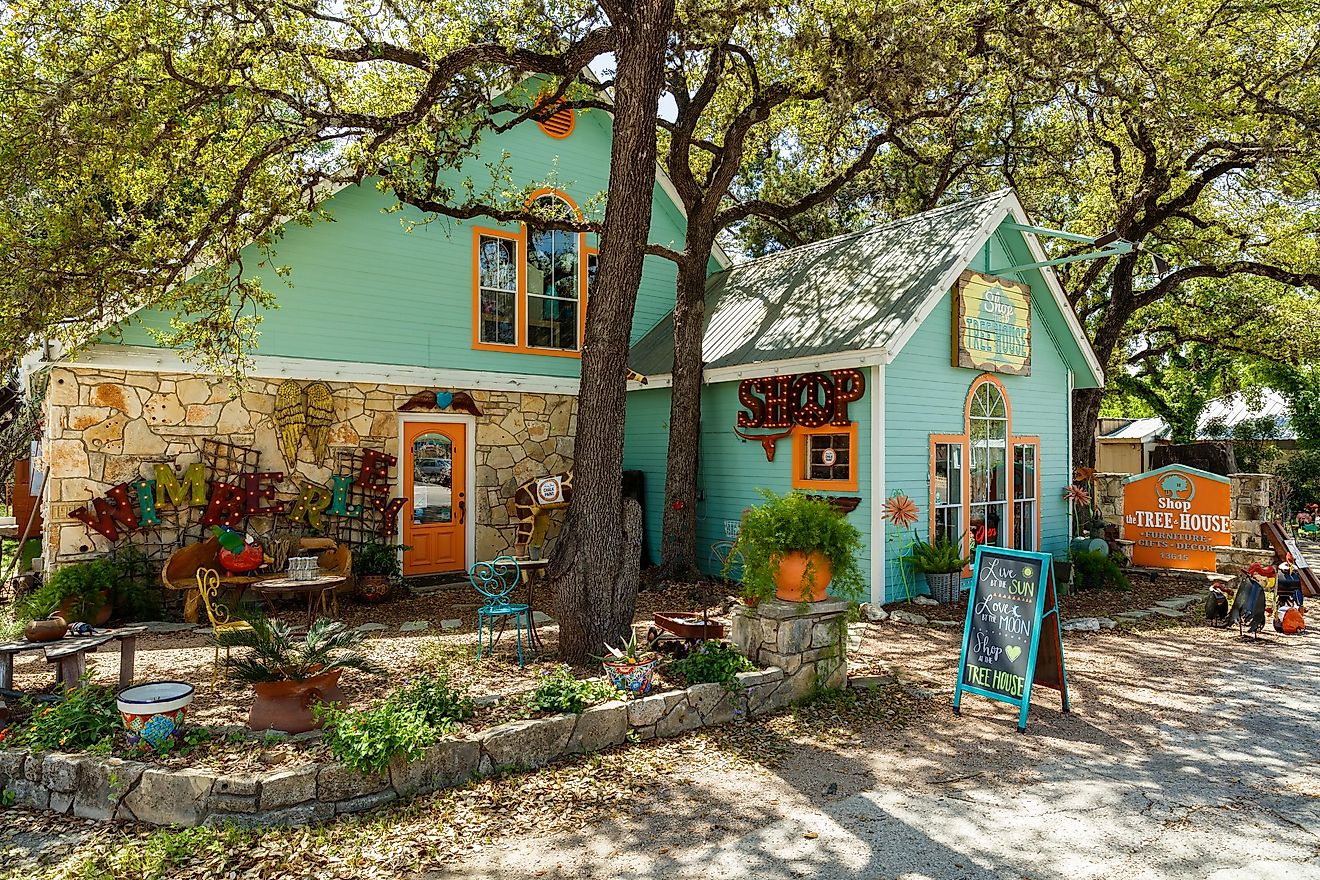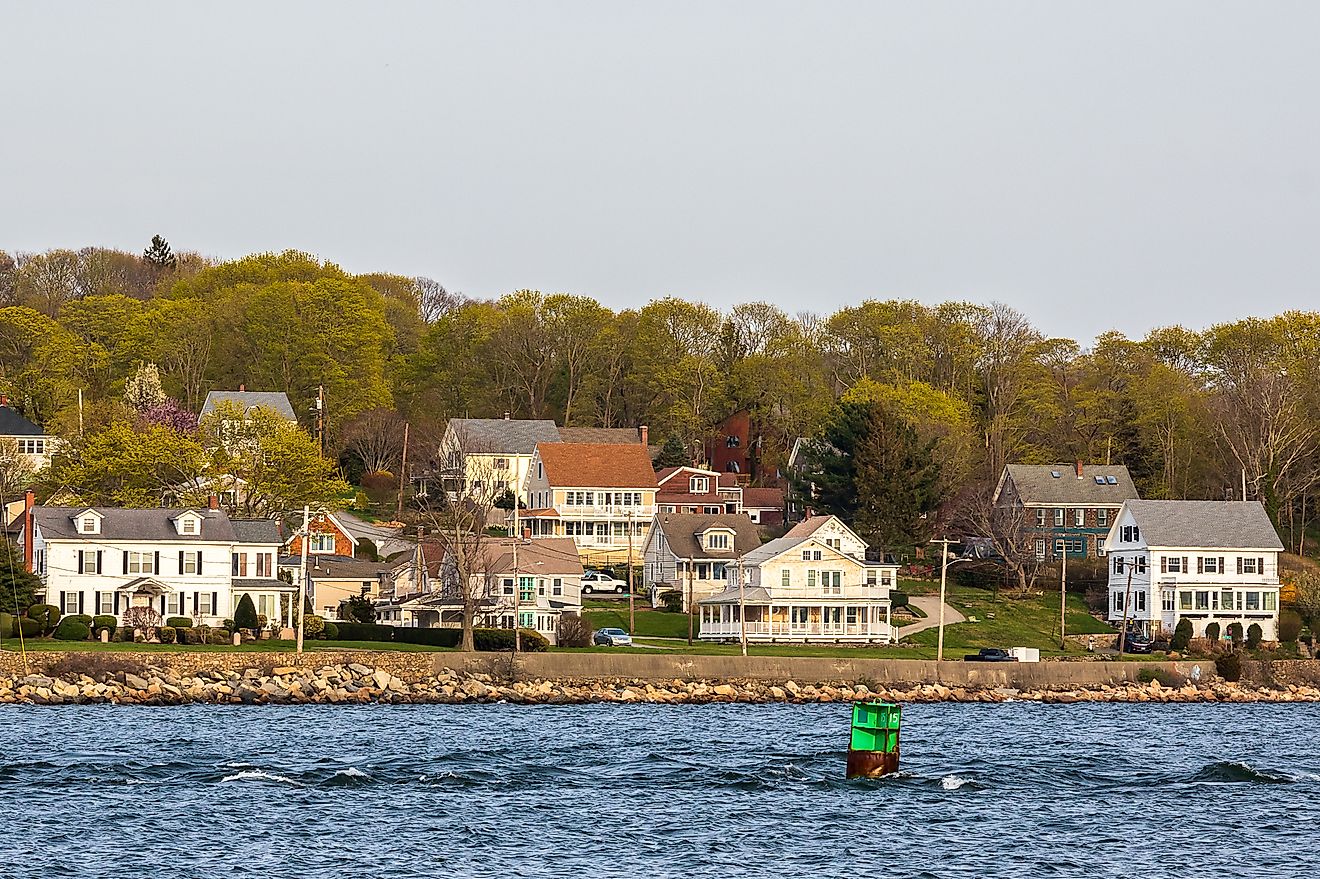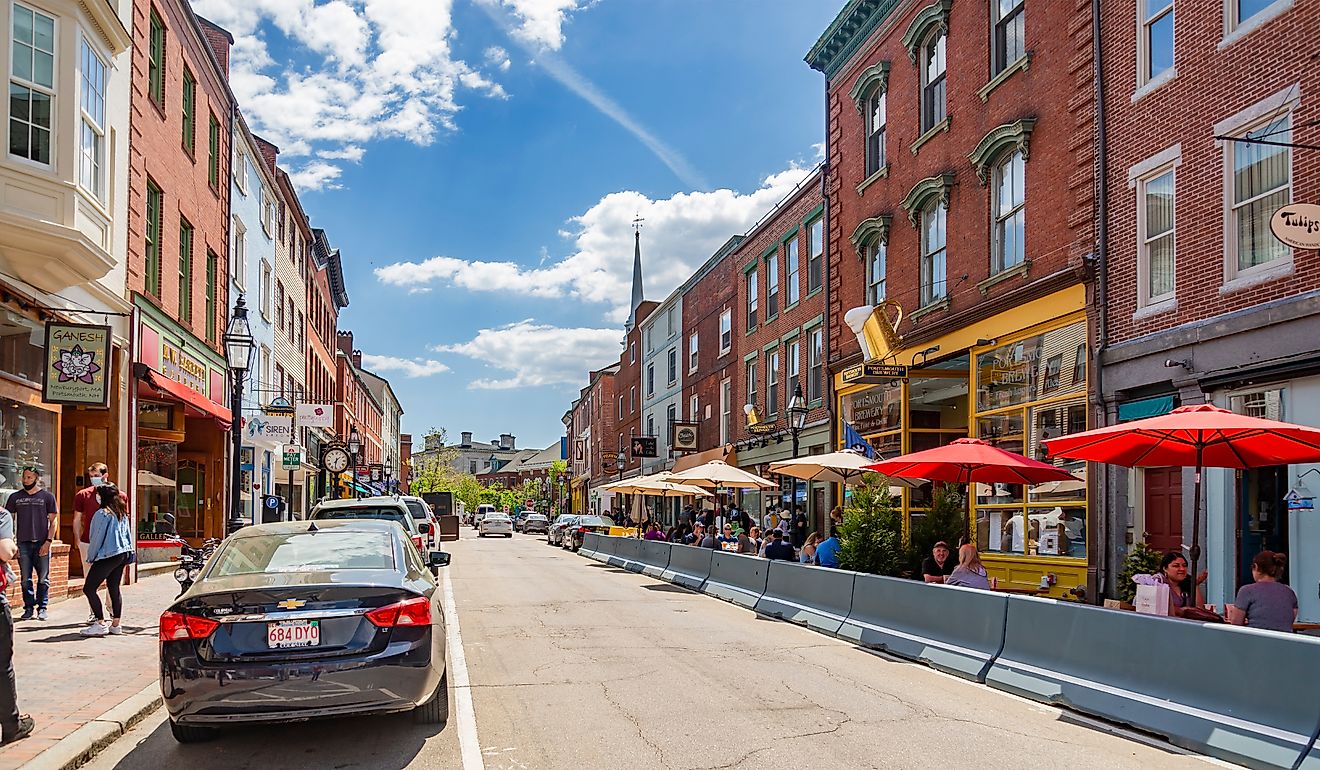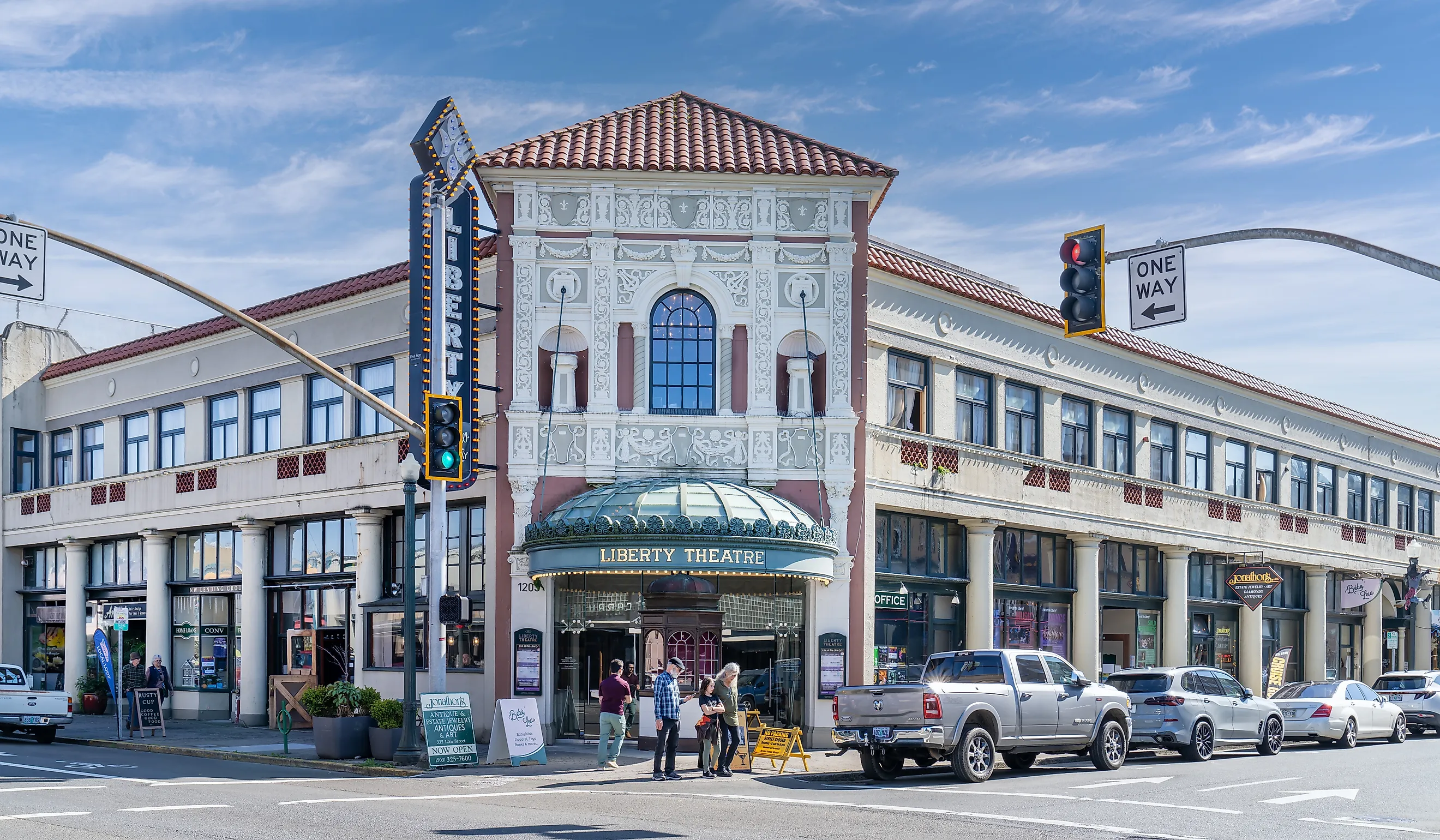
9 Timeless Towns In Oregon
Oregon has been inhabited for thousands of years by native peoples and has seen its fair share of comings and goings from settlers, explorers, and fur traders. The Oregon Trail made it easier for pioneers to stay and forge communities and towns throughout the Beaver State’s lush green forests, deserts, shrublands, lakes, and mountain ranges. Some of those towns still carry remnants of Oregon’s formative years, and walking through them is a trip through time when the Pacific Northwest was untouched by our modern pace. If you want to be whisked away to this simpler time, here are 9 timeless towns in Oregon that will do just that.
Astoria
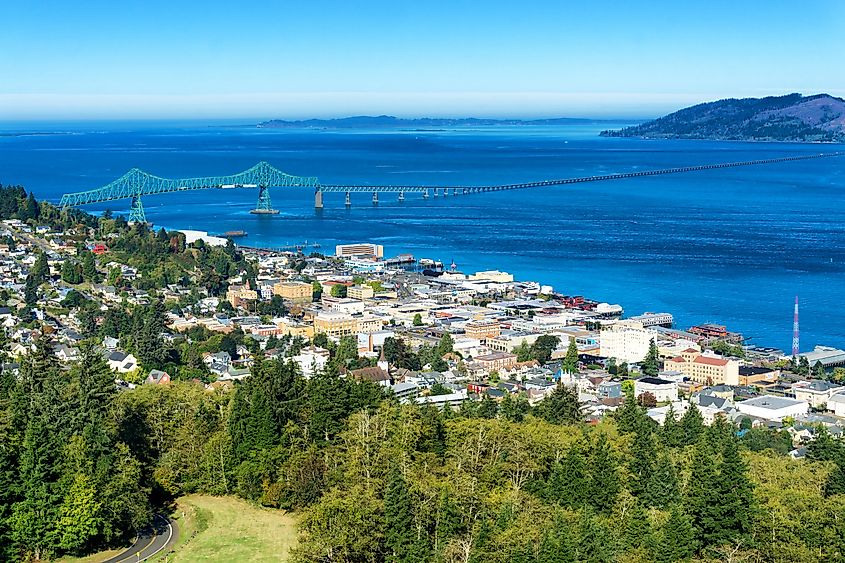
This port city was the first permanent American settlement west of the Rockies and the final destination of the 4900-mile-long Lewis and Clark National Historic Trail. Astoria is rich in history thanks to its fur trading past and connection to the Lewis and Clark Expedition. A replica of Fort Astoria can be found at Fort Astoria Park, the first American-owned settlement on the Pacific Coast and primary fur trading post established by the town’s founder, John Jacob Astor, in 1811.
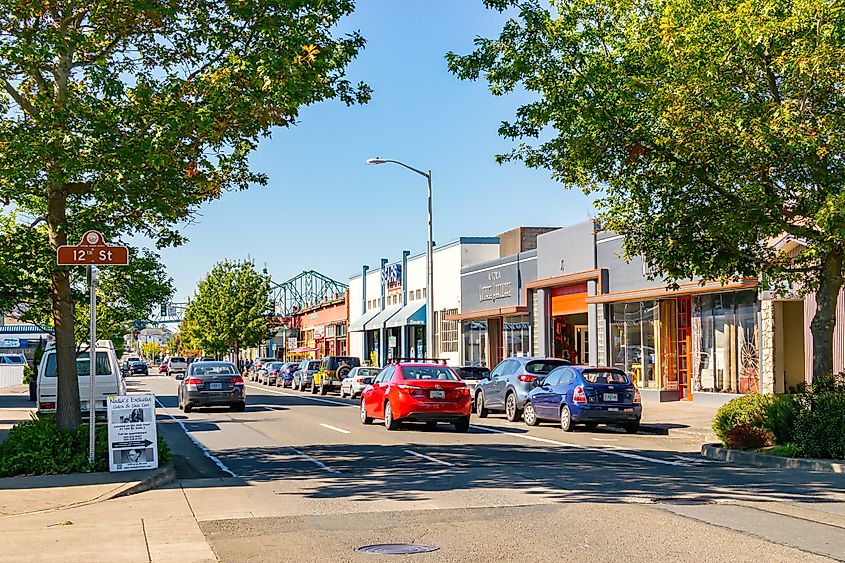
From Fort Astoria Park, you either choose to marvel at the craftsmanship of Victorian and Craftsman homes by Astoria’s steep hillside or take a deeper dive into the town’s history with a visit to the Columbia River Maritime Museum. You should cap your Astoria trip with a visit to the replica of Fort Clatsop, the Lewis and Clark Expedition encampment during the winter of 1805 and 1806, just 5 miles Southeast of Astoria. It is part of the Lewis and Clark National Historic Park and offers interactive exhibits and trails that were trekked by the famous expedition.
Baker City
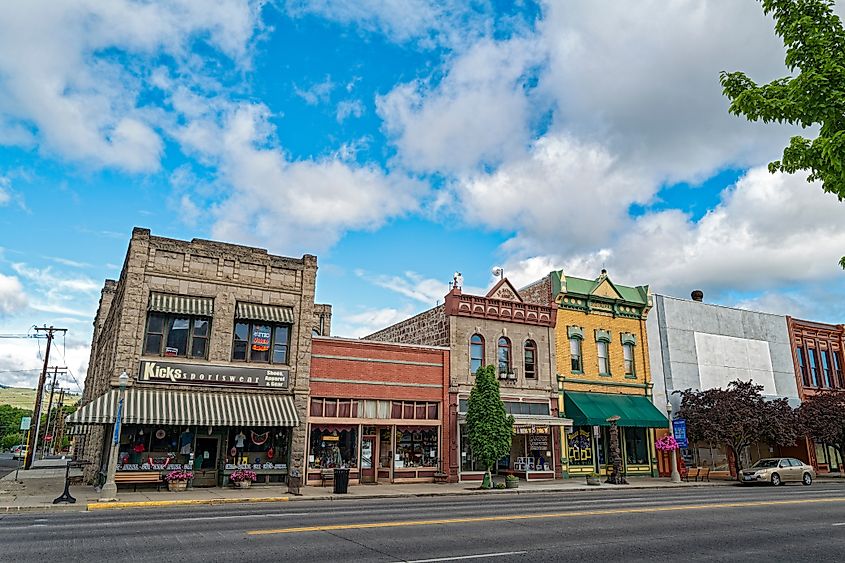
The Gold Rush in the late 1840s is often associated with California and the American Southwest. Baker City, however, is proof that the Pacific Northwest saw its fair share of gold prospectors. It was perfectly situated on the Oregon Trail and was a major trading center and frontier town, earning the nickname “Queen City Of The Inland Empire." Because Baker City is home to the National Historic Oregon Trail Interpretive Center, visitors can discover the realities of gold prospectors and pioneers who embarked on the Oregon Trail, offering live historical demonstrations, exhibits, and special events.
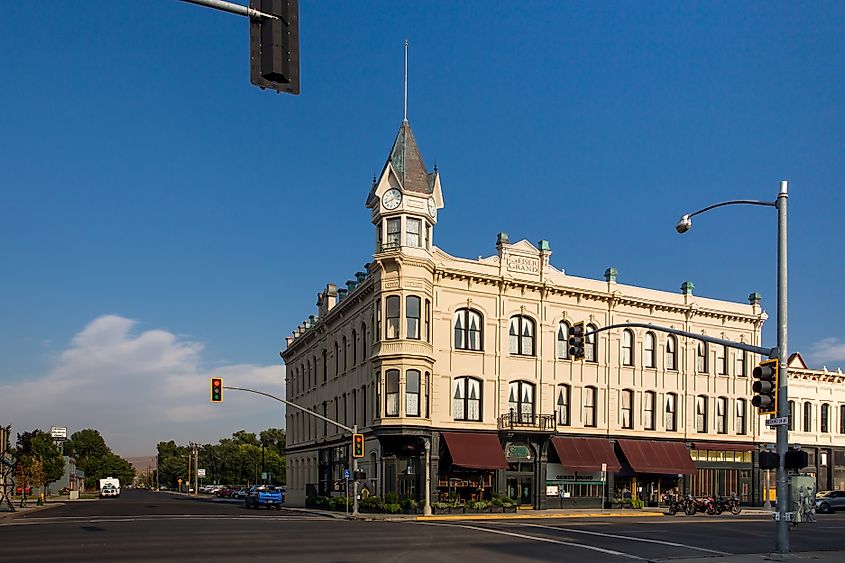
If that’s not enough digging into this town’s historic past, Baker City’s downtown district is one of the largest historical districts in the West. The McCord Building and the Leo Adler House Museum date back to the 1880s, and they are only the tip of the iceberg because downtown Baker City has over 100 buildings and museums on the National Register of Historic Places for you to explore.
Oakland
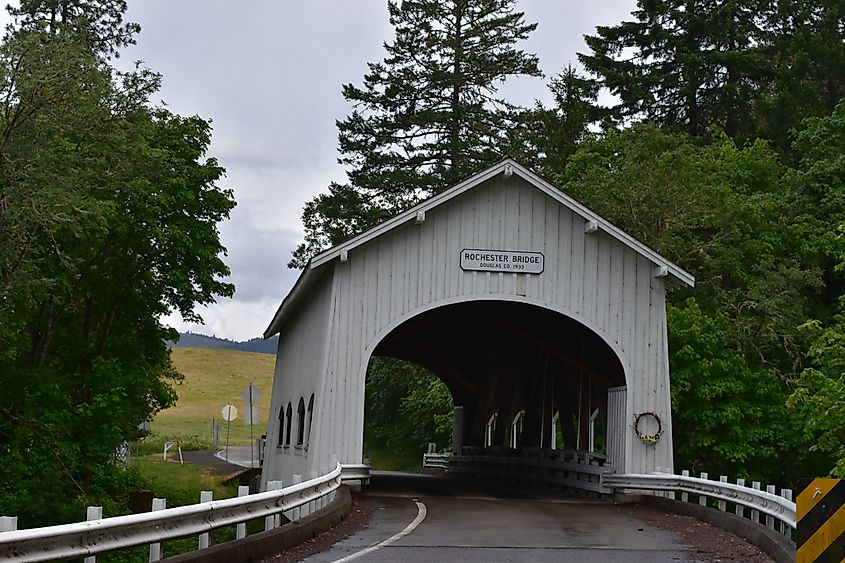
This little Southern Oregon town is known for its hometown feel and was the first city placed on Oregon’s historic register in 1968. Oakland has more than 130 historic registered homes and buildings built between the 1850s and 1890, offering visitors into Oakland’s past when it was a vital connection town between Portland and San Francisco. Historical landmarks like Stearn’s True Value Hardware Store and the Oakland Tavern have respectively been operating businesses since the 1880s and 1890s. The latter not only offers visitors a glimpse into the past but also serves cold beers, Bloody Mary’s with a satisfying kick and delicious sandwiches.
The Oakland Museum is also a must for visitors who want to learn about the lives of the first settlers in this former logging town. Here, you’ll understand why this town was once known as the Turkey Capital of the United States and an agricultural center in the Umpqua Valley. Oakland also offers the option to take a break from history: It’s on the Umpqua River Scenic Byway, where you can get lost in nature along scenic rivers, waterfalls, and lakes.
Dayville
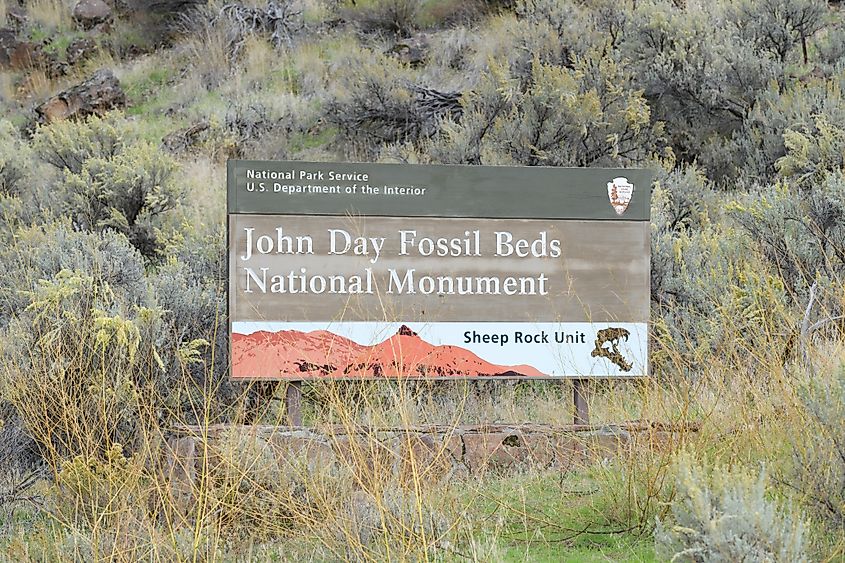
Dayville is a charming little town that is not only steeped in rich pioneer history but is a great place for prehistoric history lovers to explore. Named after the famous trapper and hunter John Day, The John Day Fossil Beds National Monument is just seven minutes from Dayville and is rich in fossils of animals and plants that lived in the area over 40 million years ago. The Monument also houses the John Thomas Condon Paleontology Center, featuring a fossil museum, a theatre, and educational classrooms dedicated to educating visitors about the region's prehistoric past. The fossil beds are also home to the majestic Sheep Rock, an iconic rock formation with scenic trails and views.
But if prehistoric history is not for you, the Dayville Historic District is home to a treasure of historic buildings from its early foundations. The Dayville Congregational Church and The John Day House were built in the 1840s, and the historical district also houses historical landmarks with Italianate and Queen Anne architecture, like the Henry Hammond and William Labelle House. Whether you intend to go prehistoric or pioneer history, Dayville will not disappoint.
Jacksonville
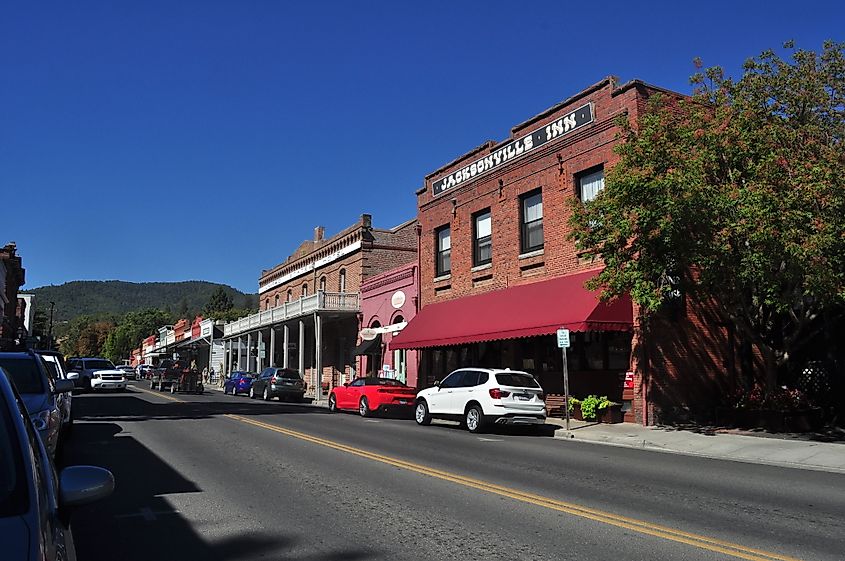
This former gold rush town was a major commercial center from the 1850s to the early 1880s. Jacksonville is past the glories of its gold rush days, but a visit to its impressive historic district allows you to travel back in time thanks to the well-preserved buildings from that era. Buildings like the WTH-J.A. Brunner Building, McCully House, and Beekman Bank date back to the 1850s. Beekman Bank retained its original fixtures, making it a time capsule into a period bank from the 1850s.
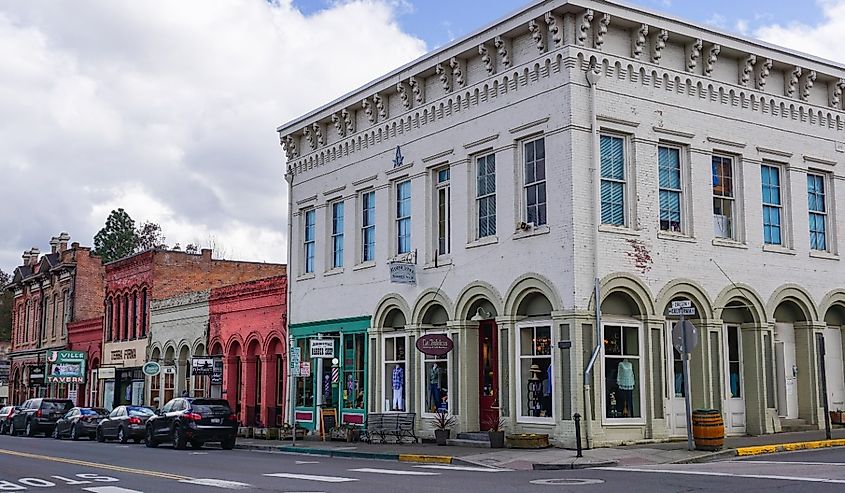
Visitors will be further impressed by the diversity of architectural design in Jacksonville’s historic district, which features buildings in Italianate, Greek, and Gothic Revival styles. Those who prefer a spookier history lesson can choose from various tours at the Historic Jacksonville Cemetery. Established in 1859, it has around 4,000 tombs, including the resting places of some of Jacksonville’s founding families.
Ashland
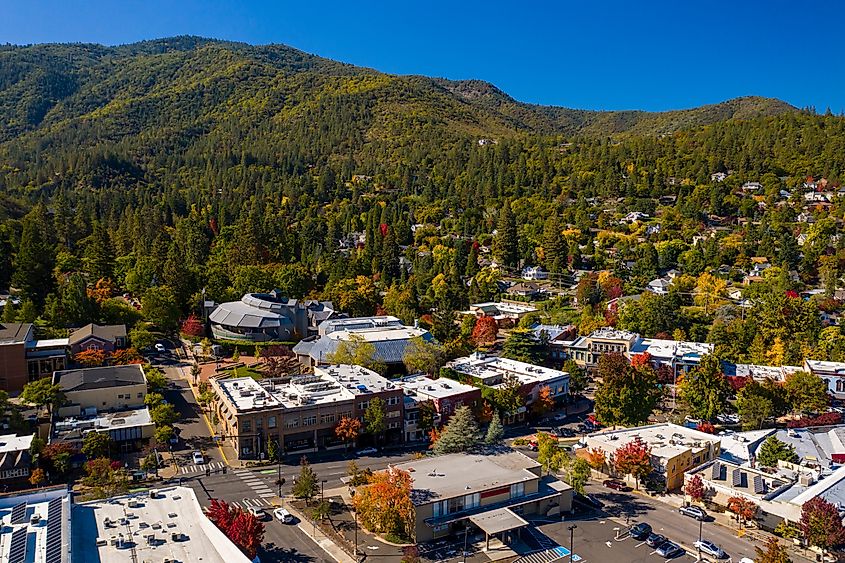
Before Ashland became a cultural hotspot with renowned galleries, restaurants, theatres, and the storied Oregon Shakespeare Festival, it was a lumber town called Ashland Mills. In the second half of the 19th century, it thrived on the rail trade, trading peaches, pears, and apples. Today, remnants of Ashland’s humble beginnings and growth are still visible, thanks to preservation efforts in its four historic districts.
Some of Ashland’s preserved buildings, such as the Italianate-style houses, the Orlando Coolidge House, the Isaac Woolen House, and the W.H. Atkinson House, date back to the 1870s. You’ll also find early 20th-century buildings like the Ashland Spring Hotel, the Ashland Improvement Company Building, and the Ashland Masonic Lodge building. It’s the perfect town to take in culture and the arts while exploring the region’s storied past.
Cottage Grove
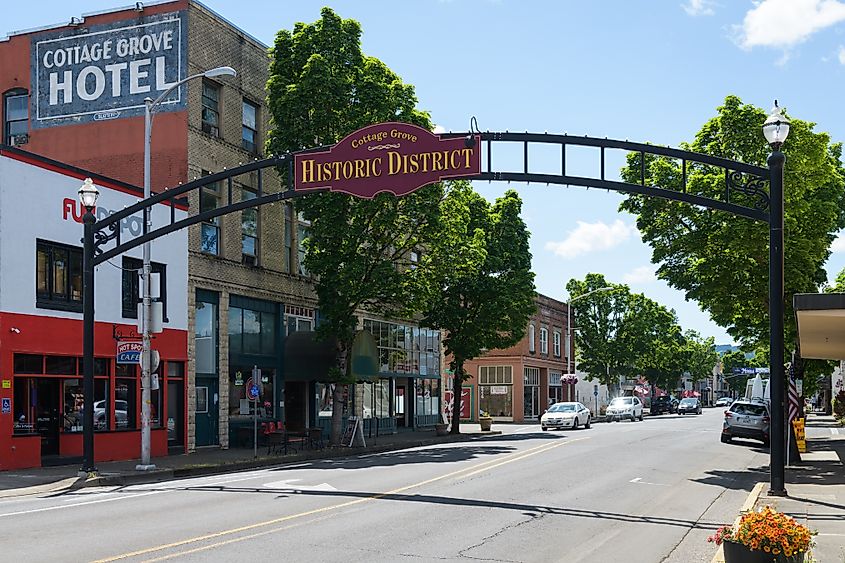
Known as the “Covered Bridge Capital of the West,” Cottage Grove has six covered bridges, including the Railroad Bridge, the only remaining covered railroad bridge in Oregon. At one point, there were over 400 covered bridges in Oregon, but today, there are fewer than 60. Cottage Grove is proud of its preservation efforts, but covered bridges aren’t the only landmarks that make Cottage Grove historic.
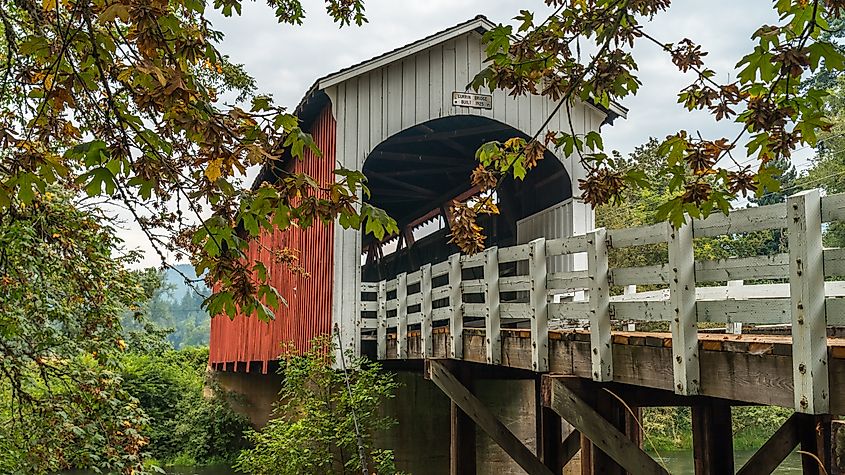
Cottage Grove has always been connected to the nearby Bohemia Mining District. Gold was discovered in the Bohemia Mountains in the early 1860s, making Cottage’s Grove’s Main Street a key commercial hub. You can learn all about the gold rush in the Bohemia Gold Mining Museum or visit ghost towns like Bohemia City that symbolize the remnants of the region's gold rush days. The city also honors its mining past by celebrating the annual Bohemia Mining Days Festival.
Sisters
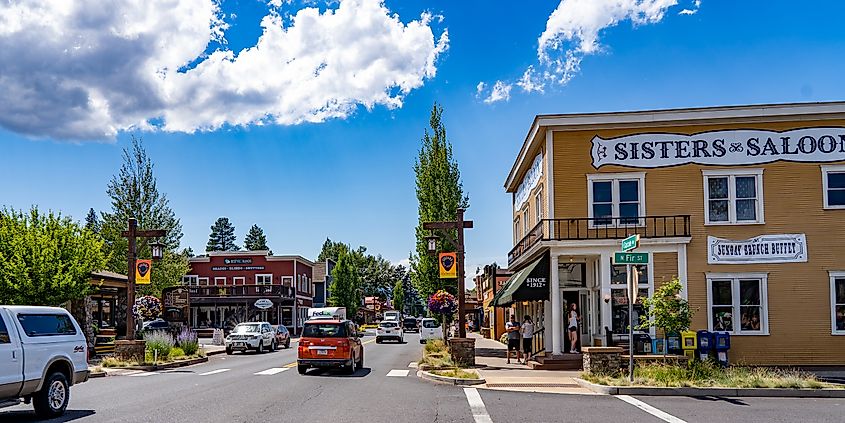
Known as the “Gateway To The Cascades,” Sisters gets its name from the nearby Three Sisters mountains and takes pride in its homesteading history. The downtown area retains a Wild West ambiance with a mix of vintage storefronts and saloons. The town’s buildings are inspired by its architecture from its homesteading days, beginning in the 1880s. Sisters High School, Hotel Sisters, Leithauser General Store, and The Hardy Allen House are some of the historic landmarks visitors should look out for.
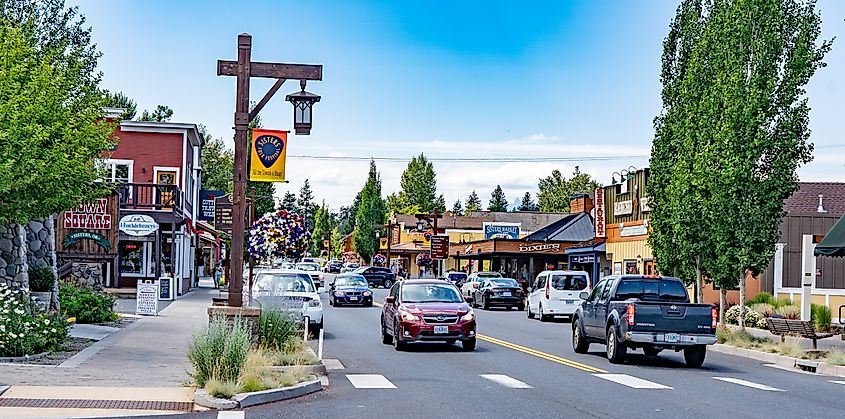
Another great way to explore Sisters and its surrounding areas is by taking a horseback tour. Sisters have a variety of horse riding tours to choose from, mainly starting and ending at the popular Black Butte Ranch and Long Hollow Ranch. To truly experience the history of the West, you have to do what the earlier settlers did and explore the wonders of the beyond on horseback.
Dayton
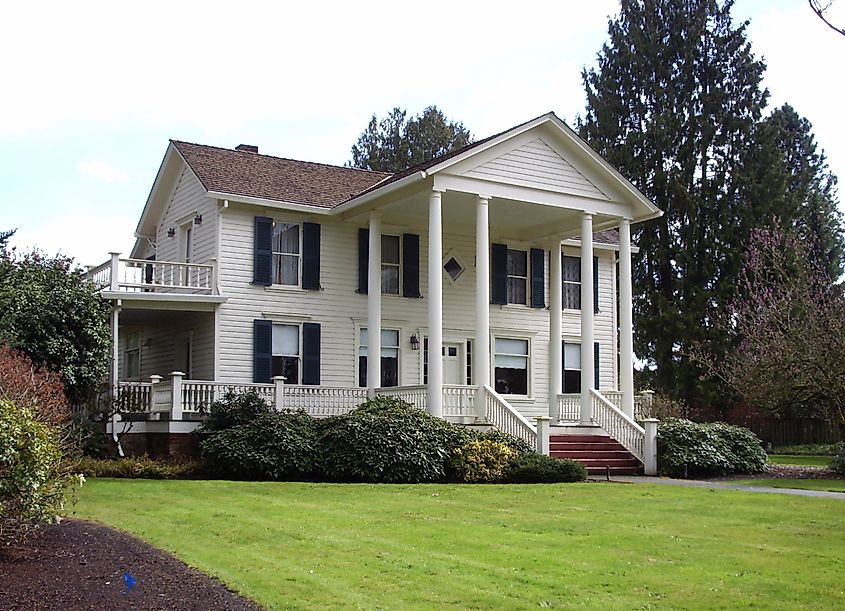
Dayton is home to the Oregon Historic District, boasting a range of architectural styles like Federal, Italianate, Greek Revival, and Queen Anne. It includes buildings from its pioneer era, like the Dayton Common School, the Italianate-styled Moses Glas Building, the Gottlieb Londershausen Residence, and the Joel Palmer House, which dates back to the 1850s. The Palmer House was the residence of Joel Palmer, the founder of Dayton. It’s one of Oregon’s finest historic homes and is the town’s oldest structure.
Palmer is also why the Fort Yamhill Blockhouse was moved to Dayton’s Courthouse Square Park. It was moved from Grande Ronde to celebrate his pioneering achievements. It’s one of the few structures that give visitors a glimpse into the defense of the first settlers against the Native population in Oregon. The two-story log building has evenly spaced rifle portals on both floors and was also used to facilitate the shipment of goods from Dayton to other towns in Oregon. Once you’re done getting lost in the past, you can cap the day at one of the 200 boutique wineries in the surrounding area.
Stories of the untamed West are not just the stuff of Hollywood Western movies. Its wild and adventurous past can still be found in Oregon’s pioneering towns, filled with the pride of preserving its past. The collection of Oregon’s historic town tells unique tales of America’s expansion west and a time before humans even walked the earth. They also remind us that there are still parts of the West that belong to the wilderness, untouched natural history for all of us to care for and enjoy.
